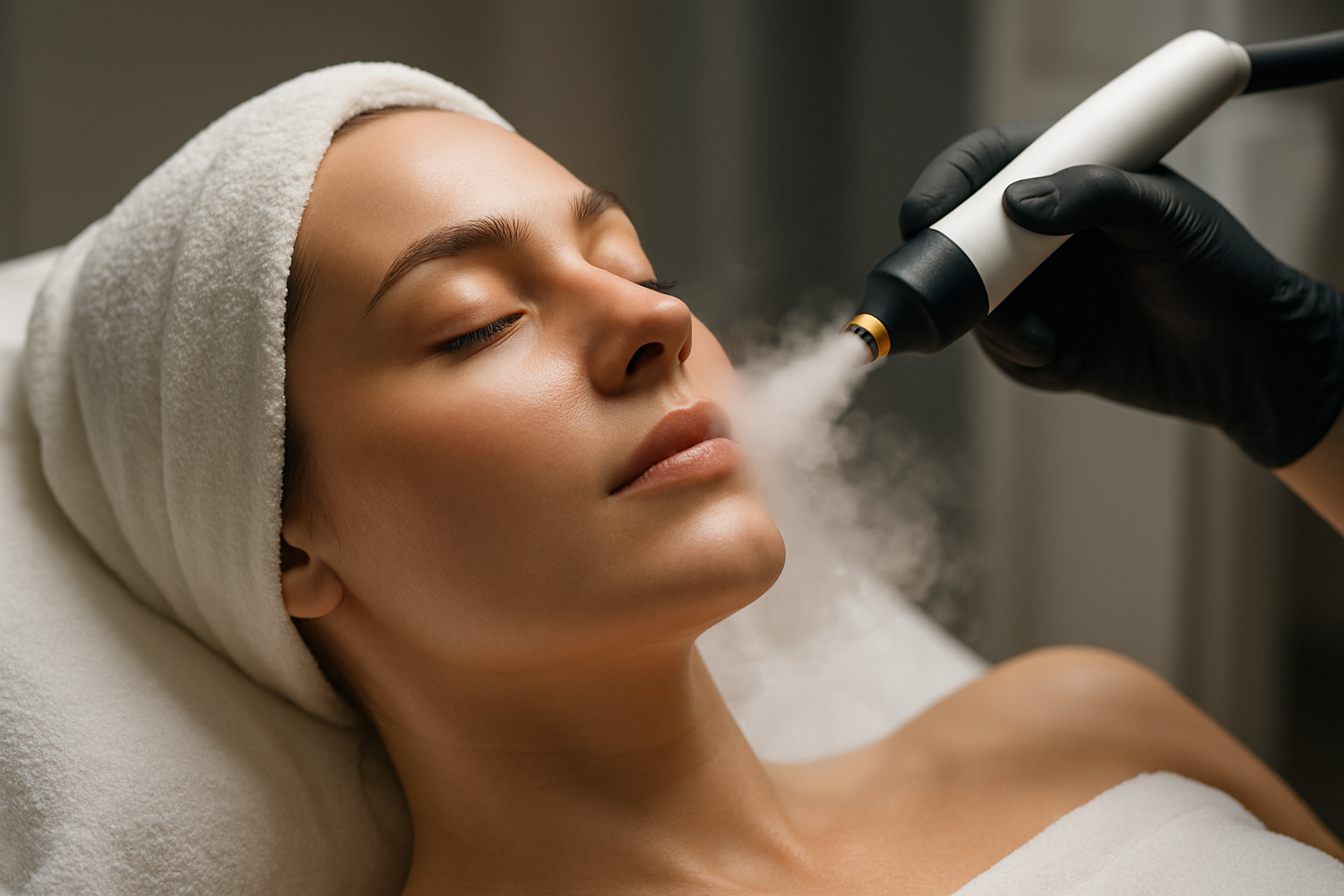The Transformative Power of Eyebrow Microblading
Eyebrow microblading has become a game-changing beauty treatment in recent years, revolutionizing the way people approach eyebrow grooming and enhancement. This semi-permanent makeup technique involves using a handheld tool with tiny needles to deposit pigment into the skin, creating hair-like strokes that mimic natural eyebrow hairs. The result is fuller, more defined eyebrows that can last for up to two years. Microblading has gained immense popularity among beauty enthusiasts and professionals alike, offering a solution for those with sparse or overplucked brows, as well as those simply seeking to perfect their eyebrow shape. As this treatment continues to evolve and grow in popularity, it's worth exploring its origins, techniques, and impact on the beauty industry.

Initially, microblading was primarily used to create eyebrows for cancer patients who had lost their hair due to chemotherapy. The technique quickly gained traction in the beauty industry, spreading from Asia to Europe and eventually making its way to North America in the early 2010s. As the treatment became more refined and accessible, its popularity soared, leading to the widespread adoption we see today.
The Microblading Process
The microblading process is a meticulous and artistic procedure that requires skill, precision, and an understanding of facial symmetry. Before the actual treatment begins, the technician consults with the client to determine the desired shape, color, and thickness of the eyebrows. This consultation is crucial, as it ensures that the final result aligns with the client’s expectations and complements their facial features.
Once the desired shape is agreed upon, the technician uses a specialized tool to create tiny incisions in the skin, carefully depositing pigment to create hair-like strokes. The process typically takes between one to two hours, depending on the complexity of the design and the condition of the client’s natural eyebrows. After the initial treatment, a touch-up session is usually required four to six weeks later to perfect the shape and color.
The Science Behind Microblading
Understanding the science behind microblading is essential for both practitioners and clients. The treatment works by implanting pigment into the upper layers of the skin, specifically the dermis. Unlike traditional tattoos, which penetrate deeper into the skin, microblading is considered semi-permanent because the pigment is placed more superficially.
The longevity of microblading results depends on various factors, including skin type, lifestyle, and aftercare. Oily skin tends to retain pigment less effectively, while dry skin may hold onto the color for longer periods. Exposure to sun, certain skincare products, and exfoliation can also affect how long the results last.
The Impact on the Beauty Industry
Microblading has had a significant impact on the beauty industry, creating a new niche within the realm of permanent makeup. This treatment has not only provided a solution for those struggling with thin or sparse eyebrows but has also influenced broader beauty trends. The rise of microblading has contributed to the “bold brow” trend that has dominated beauty aesthetics in recent years.
The popularity of microblading has also led to an increase in specialized training programs and certifications for beauty professionals. Many makeup artists and estheticians have expanded their skill sets to include microblading, recognizing its potential as a lucrative and in-demand service.
Advancements and Variations in Microblading
As microblading has grown in popularity, technicians and researchers have continued to refine and improve the technique. One significant advancement is the development of pigments specifically formulated for microblading, which are designed to maintain their color and fade more naturally over time.
Various styles and techniques have also emerged within the microblading world. For example, “microshading” combines traditional microblading strokes with a softer, powder-filled look to create a more defined and dramatic effect. “Combination brows” blend microblading with machine-assisted permanent makeup techniques for a more versatile and customized result.
Addressing Concerns and Misconceptions
Despite its popularity, microblading is not without its controversies and concerns. One of the primary issues is the lack of standardized regulations in many regions, which can lead to inconsistent quality and safety standards among practitioners. This has prompted calls for stricter oversight and licensing requirements in the industry.
There are also misconceptions about the permanence and potential risks of microblading. While it is considered semi-permanent, some clients may experience longer-lasting results or difficulty removing the pigment if they are unhappy with the outcome. Additionally, as with any cosmetic procedure that breaks the skin, there is a risk of infection if proper sterilization and aftercare protocols are not followed.
The Future of Microblading
As the beauty industry continues to evolve, so too does the practice of microblading. Technological advancements are likely to play a significant role in the future of this treatment. For instance, some technicians are already experimenting with 3D printing technology to create more precise and customized eyebrow designs.
There is also a growing focus on developing more natural and organic pigments, addressing concerns about the long-term effects of traditional cosmetic tattoo inks. As consumer demand for clean and sustainable beauty products increases, this trend is likely to extend to the world of microblading as well.
In conclusion, microblading has transformed the landscape of eyebrow enhancement, offering a semi-permanent solution that combines artistry with technical skill. As the treatment continues to evolve and improve, it is likely to remain a significant force in the beauty industry, shaping trends and providing individuals with the power to achieve their desired eyebrow aesthetic. However, as with any cosmetic procedure, it is crucial for both practitioners and clients to approach microblading with a thorough understanding of the process, potential risks, and realistic expectations for results.




